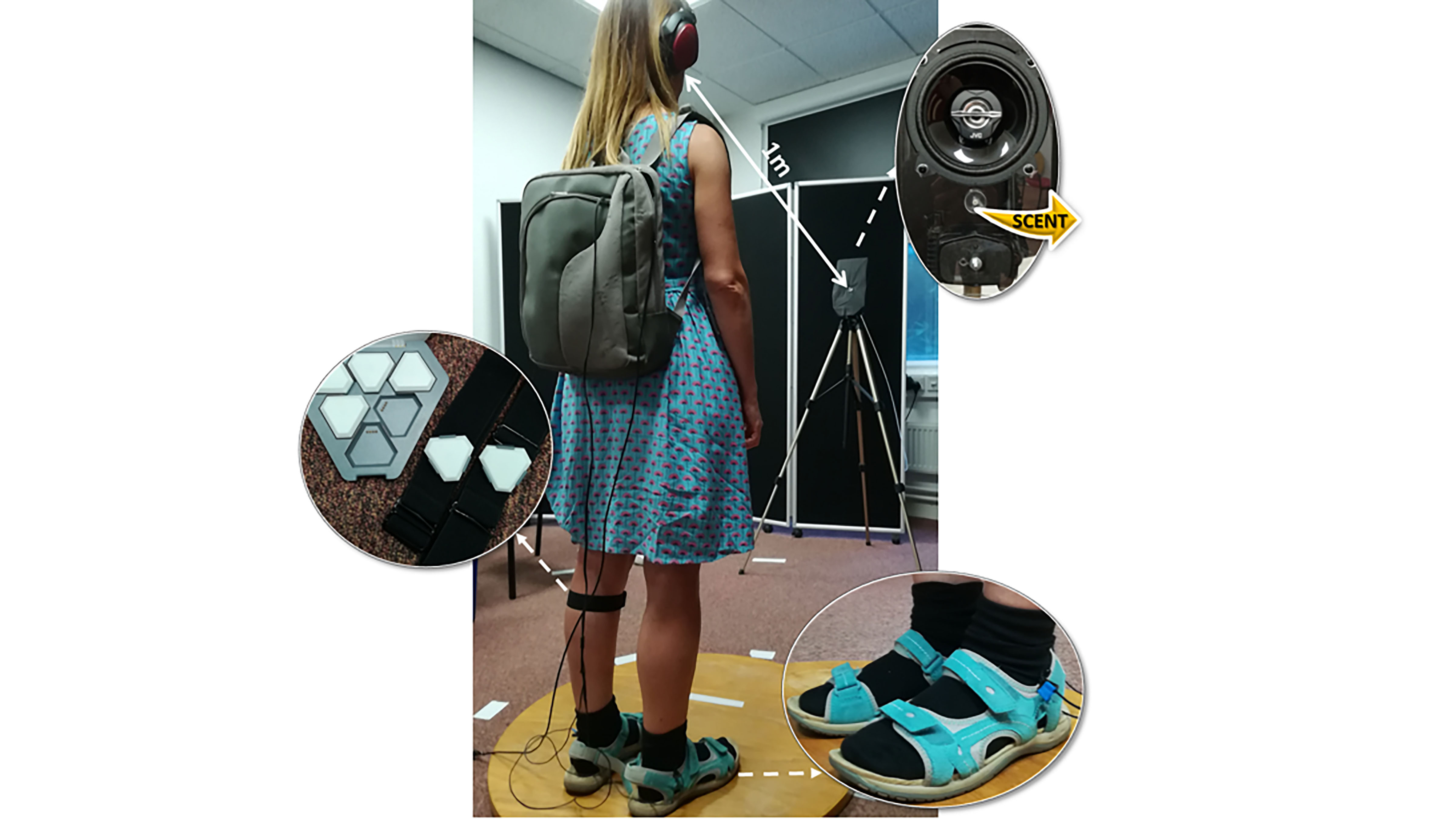Our five senses bombard us with environmental input 24/7. One way our brain makes sense of this abundance of information is by combining information from two or more senses, such as between smells and the smoothness of textures, pitch, color, and musical dimensions.
Tag: Smell
Good smells, bad smells: It’s all in the insect brain
Everyone has scents that naturally appeal to them, such as vanilla or coffee, and scents that don’t appeal. What makes some smells appealing and others not? Researchers studied the behavior of the locusts and how the neurons in their brains responded to appealing and unappealing odors to learn more about how the brain encodes for preferences and how it learns.
$200,000 award for proof dogs can sniff Alzheimer’s disease, says Dr. Leslie Norins of Alzheimer’s Germ Quest
Parkinson’s disease, another neurodegenerative process, produces in patients a unique smell, which trained dogs can detect. Alzheimer’s disease, the leading dementia, needs to be similarly studied. This $200,000 challenge award is posted to help stimulate this necessary research.
Study Explores Link Between Shark Nose Shape, Size and Sensitivity of Smell
Differences in sharks’ olfactory systems are of interest not only because of their known incredible sense of smell but also because they have been around since before the dinosaurs. They managed to thrive in every known marine habitat for millions of years – their sense of smell may have been key. A study is the first to quantify olfactory organ morphology by examining rosette shape and other internal structures among a diverse set of shark species using dissections, phylogenetic comparisons, and a fairly new technique, called diffusible iodine‐based contrast‐enhanced computed tomography imaging. Results reveal that the organs did not change in shape or number of lamellae throughout the life stages, suggesting that olfaction is a key sensory modality throughout the life of elasmobranch fishes.
The Science Behind the Appeal of Pumpkin Spice
Fall is still days away but at coffee shops and grocery stores, it’s already peak autumn thanks to the arrival of a certain flavor that has come to signal the season’s unofficial start. Everyone knows, it’s pumpkin spice time.
But why?
Johns Hopkins University perception researchers can say a key to understanding why people love pumpkin spice is the smell of it. Those notes of cinnamon, nutmeg and ginger trigger deeply rooted cozy memories of autumn.
Engineers develop prototype of electronic nose
Notre Dame researchers have developed a prototype of an electronic nose, using nanoengineered materials to tune the sensitivity and selectivity to mimic the performance and capabilities of a human nose.
Hunger Cues
Research by investigators at Harvard Medical School illuminates the neurobiology that underlies food attraction and how hungry mice choose to pay attention to one object in their environment over another.
Monell Center/Temple University Team Receive NIH Funding for Non-traditional Technologies to Fight COVID-19
A Monell Chemical Senses Center and Temple University team recently became part of a new, multi-institute National Institute of Health (NIH)-funded initiative called the Rapid Acceleration of Diagnostic Radical program (RADx). The NIH invested $107 million at 43 institutions across the country to support non-traditional and repurposed technologies to combat the pandemic and address future viral disease outbreaks.

Sounds, Smells Could Sway Our Self-Image
A lemony scent and light sounds could change the way you feel about yourself. Previously, researchers have shown that visual and tactile stimulation can change a person’s perception of their own body weight. Research being presented by Giada Brianza at the 179th ASA Meeting, has found our hearing and sense of smell can also change how we feel about our self-image, which could help improve healthy behaviors.
Sniffing Out Smell
Neuroscientists reveal for the first time how relationships between different odors are encoded in the brain. Findings may explain why individuals have common but highly personalized experiences with smell, and inform efforts to understand how odor chemistry is translated into perception.
Scientists Decode How the Brain Senses Smell
Scientists have further decoded how mammalian brains perceive odors and distinguish one smell from thousands of others.